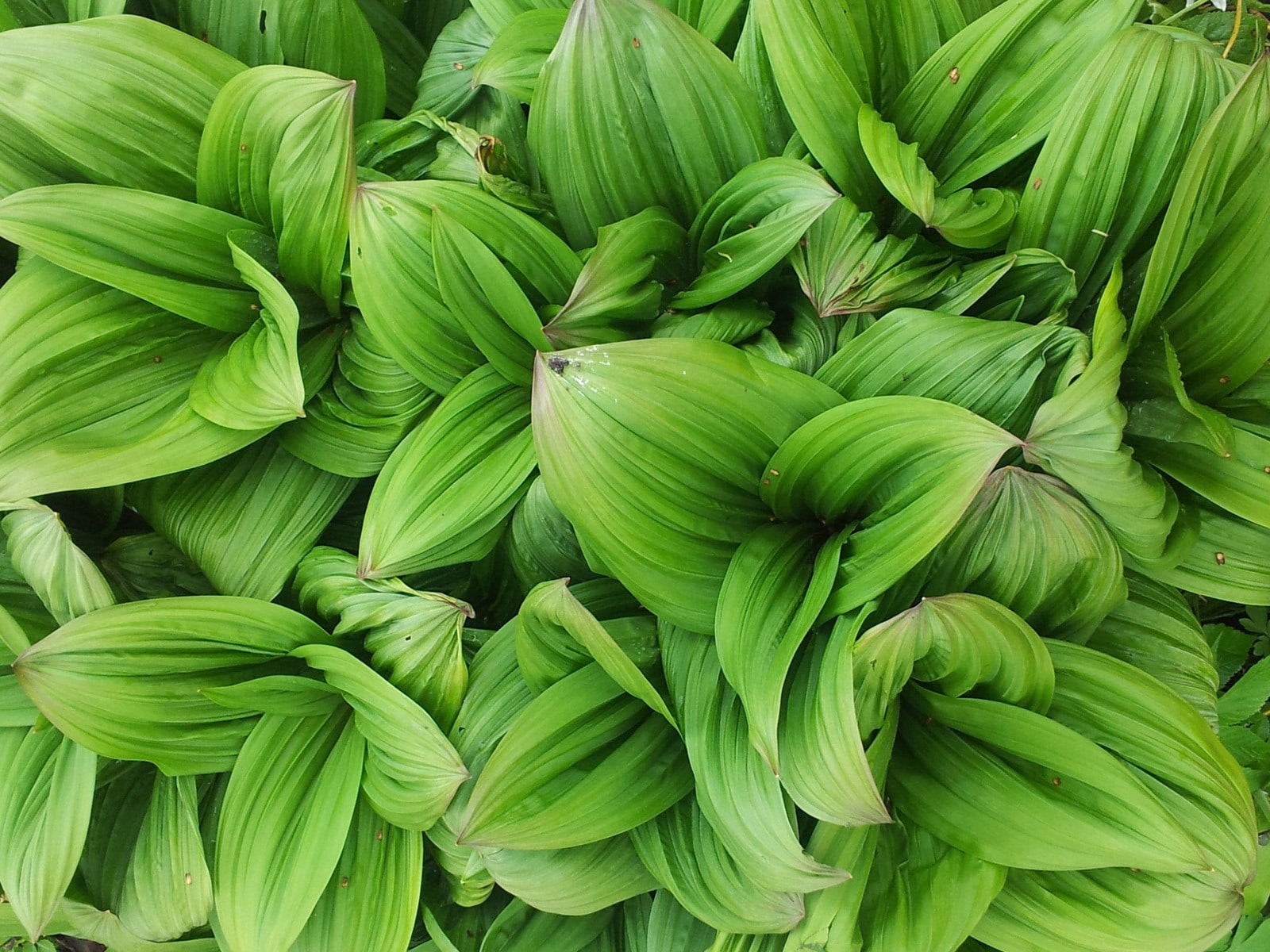If you want to learn how to grow hellebores from seed quickly, you can simplify the steps into site preparation, planting, and maintenance. Hellebores will always make an excellent addition to bring life in your garden or greenhouse. However, when you’re growing them from seeds, remember that using a greenhouse is optimal to ensure that they’ll germinate.
It’s no secret that starting seeds in the greenhouse will guarantee success because you can easily control the environment required by your plants. With Lenten or Christmas roses, this is also true. They thrive well in growing zones 4 to 9, so they are generally hardy, but the greenhouse will give you a head start for success.

How To Grow Hellebores From Seed Successfully
Site preparation
Remember that you are sowing seeds and not propagating hellebore cuttings. Therefore, you should be extra diligent with your practices to ensure that they will germinate. These evergreen perennials will thrive best if you sow them at the end of the summer instead of the typical spring sowing with annual seeds.
When your plants are fading at the end of the summer, it’s a good signal that you can sow your hellebore seeds. However, it’s also possible to sow the seeds in late spring or early in summer to mimic their natural habits in the wild. You’ll be surprised that even the timing of sowing significantly affects the success of your hellebore seeds.
The good news is that you will be starting the seeds in the greenhouse, so fluctuating temperatures that may affect germination is unlikely. Your next worry will be the quality of your potting soil. Hellebores have a deep root system, so you must provide a soil depth of 18 inches to accommodate them.
Prepare the soil to be airy so that your growing plants can spread their roots efficiently and effectively nourish themselves. And because you loosen the ground, you don’t have to worry about overwatering the roots that can cause rotting. Lastly, don’t forget to mark the area where you sow the seeds as hellebores are thriving when you’re cleaning the greenhouse.
Planting
The next step is planting the hellebores themselves. The process is straightforward and similar to how you’ll sow seeds with other plants. Plant the seeds without burying them and cover them with a thin layer of potting soil or even fine grit to prevent fungal growth and rot.
How can you ensure that the seeds will germinate successfully? Proper watering is one of the practices that you must perfect to help your hellebore seeds thrive. This is especially crucial in the summer, where light irrigation is necessary throughout the season.
If the soil ends up drying or flooded with water, you will end up damaging the seeds. Once the seedling develops and has two sets of leaves, you can move it to its own container. It’s also worth noting that you can sow and let the seeds germinate outside in winter.
It’s best to use seeds immediately after collecting them. But if you have to use a year old hellebore seeds, you can use cold, moist stratification to help them germinate. This technique is simply mimicking mother nature, where the seeds undergo cold and moist conditions by putting them in a bag inside the fridge, for example.
Maintenance
When it comes to maintenance, you shouldn’t have any problem with growing hellebores. However, growing them from seeds makes them more vulnerable to conditions that can affect germination. For starters, allowing the soil to get too dry or too wet will inevitably prevent or stop germination and seedling growth.
The latter condition can even cause fungal infection, slug infestation, or damping-off towards your hellebores. Therefore, you should use a well-draining soil and add some sand to prevent it from getting too wet. You can also mulch once the seedlings develop true leaves later on to maintain moisture.
But what about the other environmental conditions for the germination of hellebores? You can encourage germination and support growth by adjusting the greenhouse’s internal conditions suitable for your hellebores. Some temperature adjustments might be necessary, especially if you stratified your seeds.
From 85°F, you may have to increase the temperature to 50°F. Additionally, don’t forget to space the seedlings at 18 inches among them to help with the airflow. Remember that you start by sprinkling tiny hellebore seeds, so spacing will eventually need to be done when the plants develop true leaves.
How To Propagate Hellebores
Propagation of hellebores is best from seeds. Your existing plants will produce them in the pods, usually around late spring or early summer, when the flowers fade. To encourage seed propagation, do not hold off planting for fall since a higher rate of success is from seeds that you have sowed immediately.
Conclusion
Hellebores, Lenten roses, or Christmas roses are one of those plants that successfully propagate from seeds. Therefore, you must study how to grow hellebores from seed to ensure a thriving garden. Like most plants that you’ll start from seeds, your success will be more likely if you sow them in an ideal environment.
Seeds are prone to not germinating when the external conditions aren’t optimal for them. In a greenhouse, you can always maintain the temperature and maintenance practices conveniently. Overall, hellebores shouldn’t be a headache to grow from seeds as long as you prepare for their needs and requirements.
